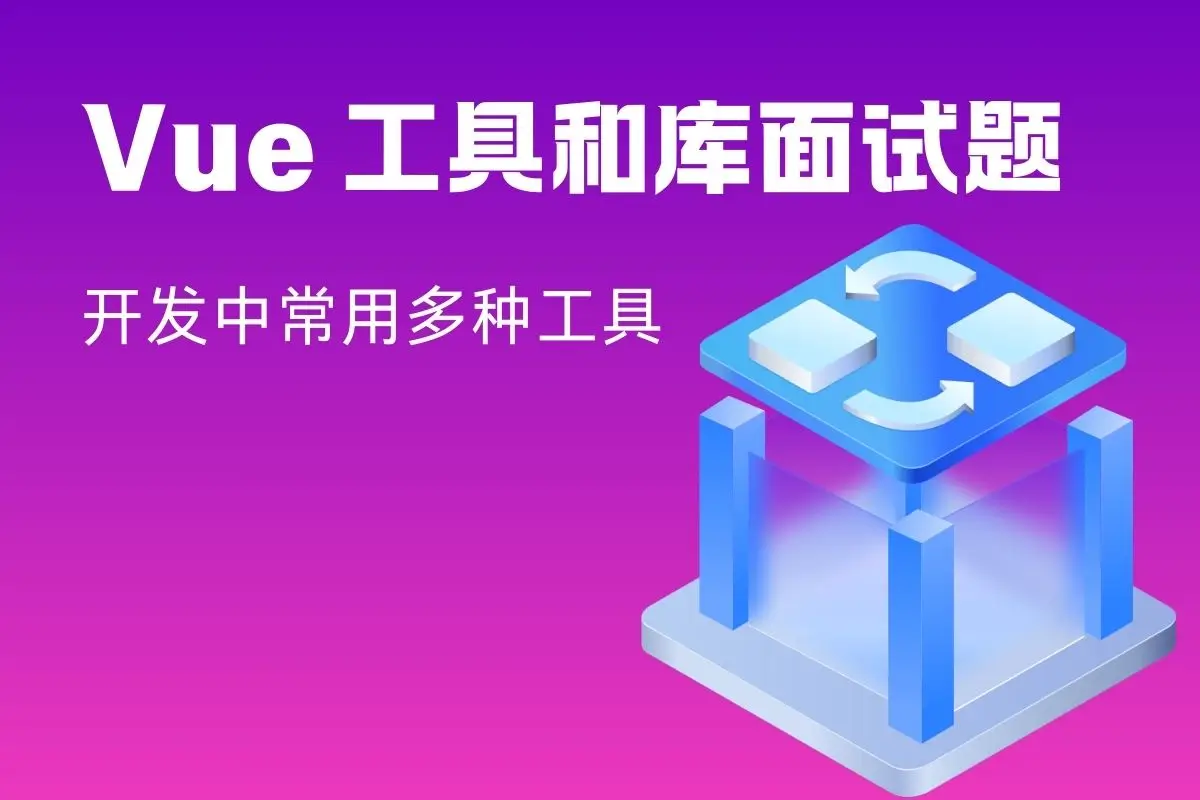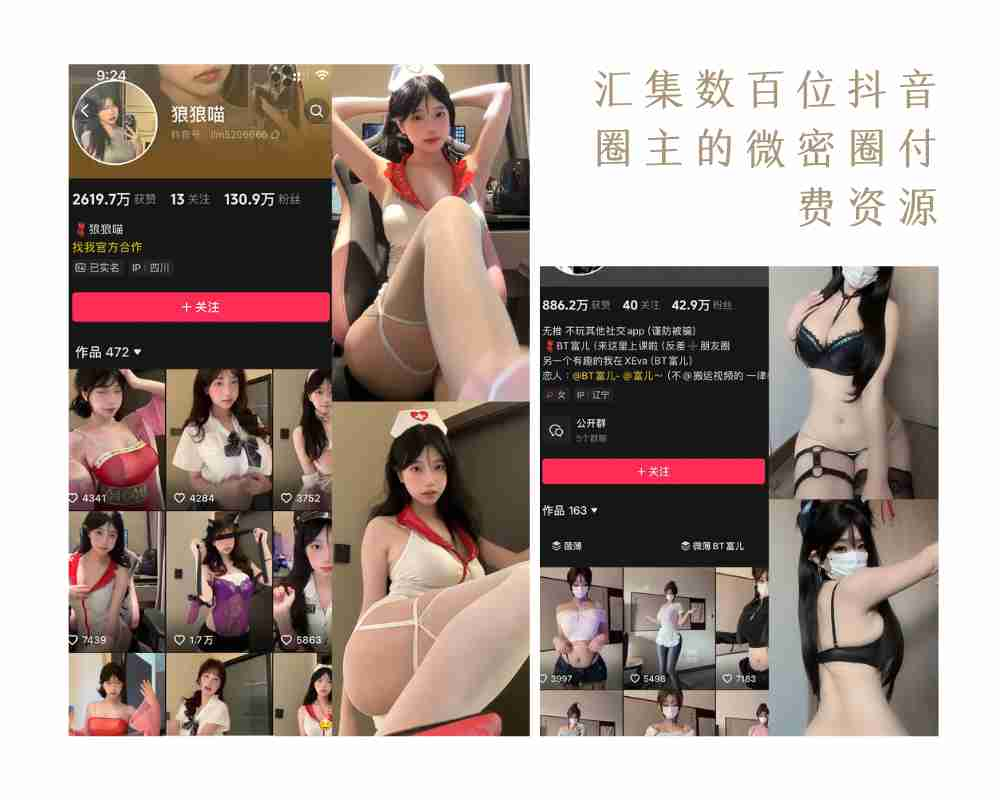在 Vue 项目中使用 Element UI 时,有时需要修改其组件的默认样式。以下是几种常见的方法:
1. 使用 scoped 样式
在 Vue 单文件组件中,可以使用 <style scoped> 来定义局部样式。这种方式可以避免样式污染全局。
示例
<template>
<el-button class="custom-button">Custom Button</el-button>
</template>
<style scoped>
.custom-button {
background-color: red;
color: white;
}
</style>注意事项
scoped样式仅对当前组件生效。- 由于 Element UI 组件的样式是通过类名定义的,可能需要使用深度选择器
::v-deep(Vue 2 使用/deep/或>>>)。
2. 使用深度选择器
如果需要修改子组件的样式,可以使用深度选择器。
示例
<template>
<el-button class="custom-button">Custom Button</el-button>
</template>
<style scoped>
::v-deep .el-button {
background-color: red;
color: white;
}
</style>说明
::v-deep是 Vue 3 中的深度选择器语法。- 在 Vue 2 中,可以使用
/deep/或>>>。
3. 全局覆盖样式
如果需要全局修改 Element UI 组件的样式,可以在全局样式文件中定义。
示例
在 src/assets/styles/element-variables.scss 中定义:
// 修改按钮的默认样式
.el-button {
background-color: red;
color: white;
}然后在 main.js 中引入:
import './assets/styles/element-variables.scss';注意事项
- 全局样式会影响所有使用该组件的页面,需谨慎使用。
4. 使用 class 或 style 属性
可以直接在组件上使用 class 或 style 属性来覆盖默认样式。
示例
<template>
<el-button class="custom-button" style="background-color: red; color: white;">
Custom Button
</el-button>
</template>
<style>
.custom-button {
font-size: 16px;
}
</style>说明
- 这种方式适合简单的样式覆盖。
- 如果需要覆盖多个样式,建议使用 CSS 类名。
5. 自定义主题
如果需要全局修改 Element UI 的主题样式,可以使用官方提供的 主题生成工具。
步骤
- 安装主题生成工具:
npm install element-theme -g- 初始化主题配置文件:
et --init- 修改
element-variables.scss文件中的变量:
$--color-primary: red; // 修改主题色- 编译主题:
et- 在项目中引入生成的主题文件:
import '../theme/index.css';优点
- 可以全局修改 Element UI 的主题样式。
- 适合需要定制化主题的项目。
6. 使用 CSS 预处理器
如果项目使用了 CSS 预处理器(如 Sass、Less),可以通过变量和混合(mixin)来修改样式。
示例(Sass)
// 定义变量
$primary-color: red;
// 修改按钮样式
.el-button {
background-color: $primary-color;
color: white;
}说明
- 使用预处理器可以更方便地管理和复用样式。
7. 使用 !important
如果样式优先级不够,可以使用 !important 强制覆盖。
示例
<template>
<el-button class="custom-button">Custom Button</el-button>
</template>
<style>
.custom-button {
background-color: red !important;
color: white !important;
}
</style>注意事项
!important会提高样式优先级,但过度使用会导致样式难以维护。
总结
修改 Element UI 组件默认样式的常用方法包括:
- 使用
scoped样式:适合局部样式。 - 使用深度选择器:修改子组件样式。
- 全局覆盖样式:适合全局修改。
- 使用
class或style属性:适合简单覆盖。 - 自定义主题:适合全局主题定制。
- 使用 CSS 预处理器:方便管理和复用样式。
- 使用
!important:强制覆盖样式。
根据具体需求选择合适的方法,避免过度使用全局样式和 !important,以保持代码的可维护性。
THE END



暂无评论内容